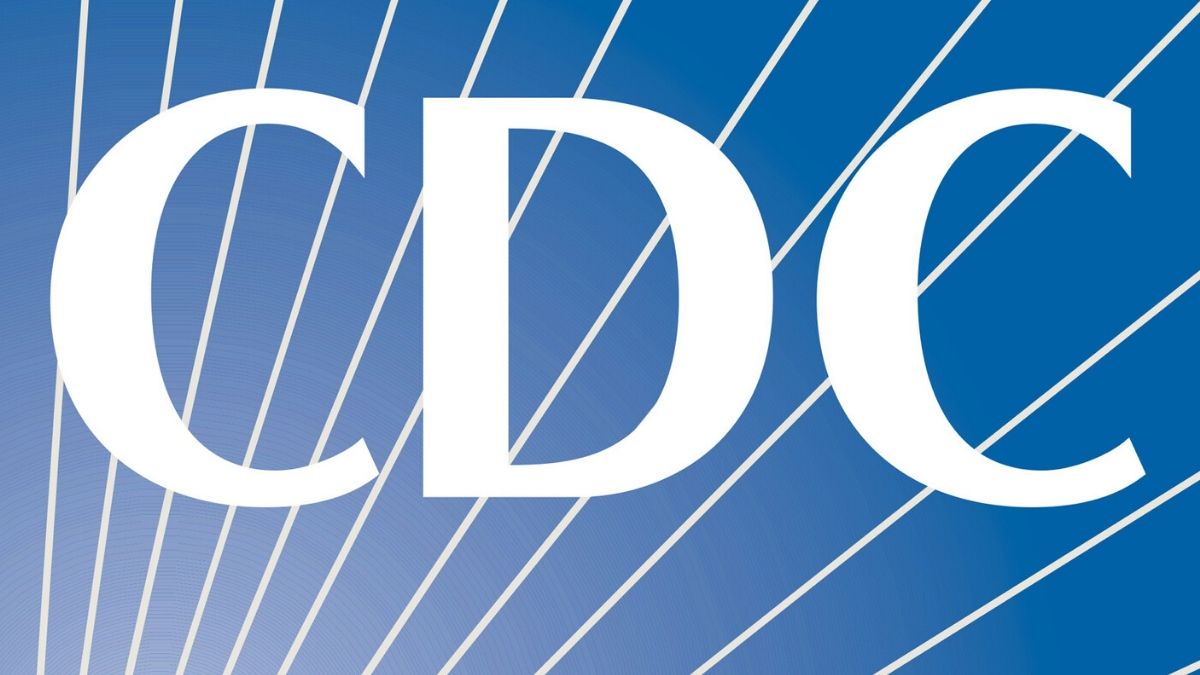
Editor’s Note: The T1D Index, launched in 2022, reveals the global scope and impact of type 1 diabetes. It measures how many people live with the condition, the healthy years of life it takes from people living with type 1 diabetes (T1D), and what can be done to reduce its impact. Visit the T1D Index now.
A new report from the Centers for Disease Control and Prevention (CDC) shows a nearly 30% increase in type 1 diabetes (T1D) diagnoses in the United States, with youth cases growing most sharply among diverse populations.
This underscores the urgent need to accelerate the work of Breakthrough T1D to find cures for type 1 diabetes and continue its passionate work to improve the lives of those living with the disease today.
“Breakthrough T1D is leading the fight through funding innovative research and advocating for policies that accelerate access to new therapies,” said Aaron J. Kowalski, Ph.D., President and Chief Executive Officer of Breakthrough T1D. “As the largest nonprofit funder of T1D research, Breakthrough T1D must strengthen its efforts to improve health outcomes for diverse populations burdened with diabetes. We recognize that systemic inequities disproportionately affect the health and well-being of diverse populations.”
“We are at the cusp of enormous opportunities for our community, and this report that our community is growing and changing reinforces our urgency to improve the lives of those living with type 1 diabetes and drive toward cures and prevention for the disease.”
The Stats
The CDC’s 2020 National Diabetes Statistics Report, cites that in the United States, T1D diagnoses included 1.4 million adults, 20 years and older, and 187,000 children younger than 20.
That totals nearly 1.6 million Americans with T1D—up from 1.25 million people—or nearly 30% from 2017.
A separate CDC report, focused on T1D in youth, showed that T1D is growing most sharply in African American and Hispanic youth populations. As the reason is unknown, the CDC is advocating for continued “surveillance” of T1D in today’s youth populations.
According to the report, between 2002 and 2015:
- T1D cases among African American children increased by 20% with 20.8 children diagnosed per 100,000
- T1D cases among Hispanic children increased nearly 20% with 16.3 per 100,000
- T1D cases among Asian / Pacific Island children increased 19% with 9.4 per 100,000
- White children are the slowest growing demographic with a 14% increase, yet remain the most impacted group with 27.3 T1D cases per 100,000
The report also showed that diagnoses occurred most frequently between the ages of 5 and 14.
- 33.5% were ages 10-14
- 27% were 5-9
Implications for Research
The latest CDC data further demonstrates that despite all the progress in managing the disease, our community’s needs are growing and the need to respond is even more urgent today.
We also need a greater commitment from the public and private sectors to invest in research that improves lives for people with T1D as we invest and drive toward for cures for the disease.
Breakthrough T1D is the world’s largest nonprofit funder of T1D research. Breakthrough T1D’s research portfolio and advocacy efforts are driving cures for T1D while advancing therapies that reduce the burden of managing the disease today and lower the risk of long-term complications.
In just the last year, the T1D community has seen great progress with the FDA authorization of the Tandem Control-IQ algorithm that enables the second artificial pancreas system, as well as progress toward better insulin-producing beta cells and an immune therapy treatment, teplizumab, that was able to delay the onset of T1D for more than two years.
Learn more about Breakthrough T1D’s commitment to improving the lives of those with T1D and finding cures through innovative research here.